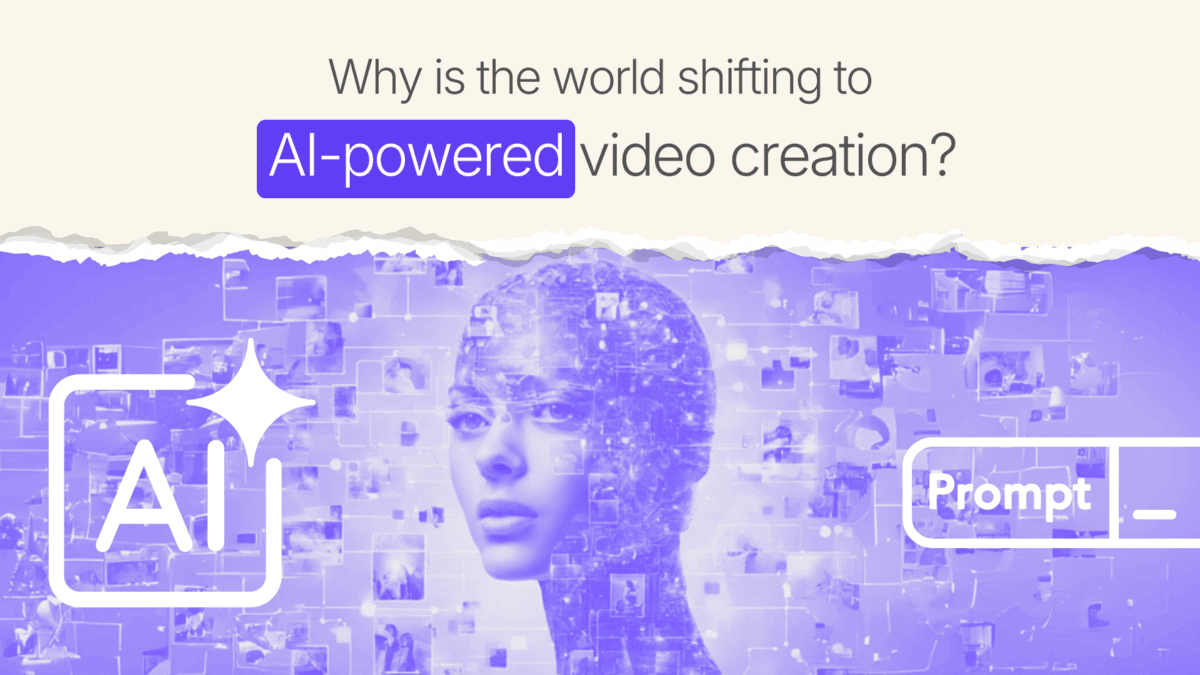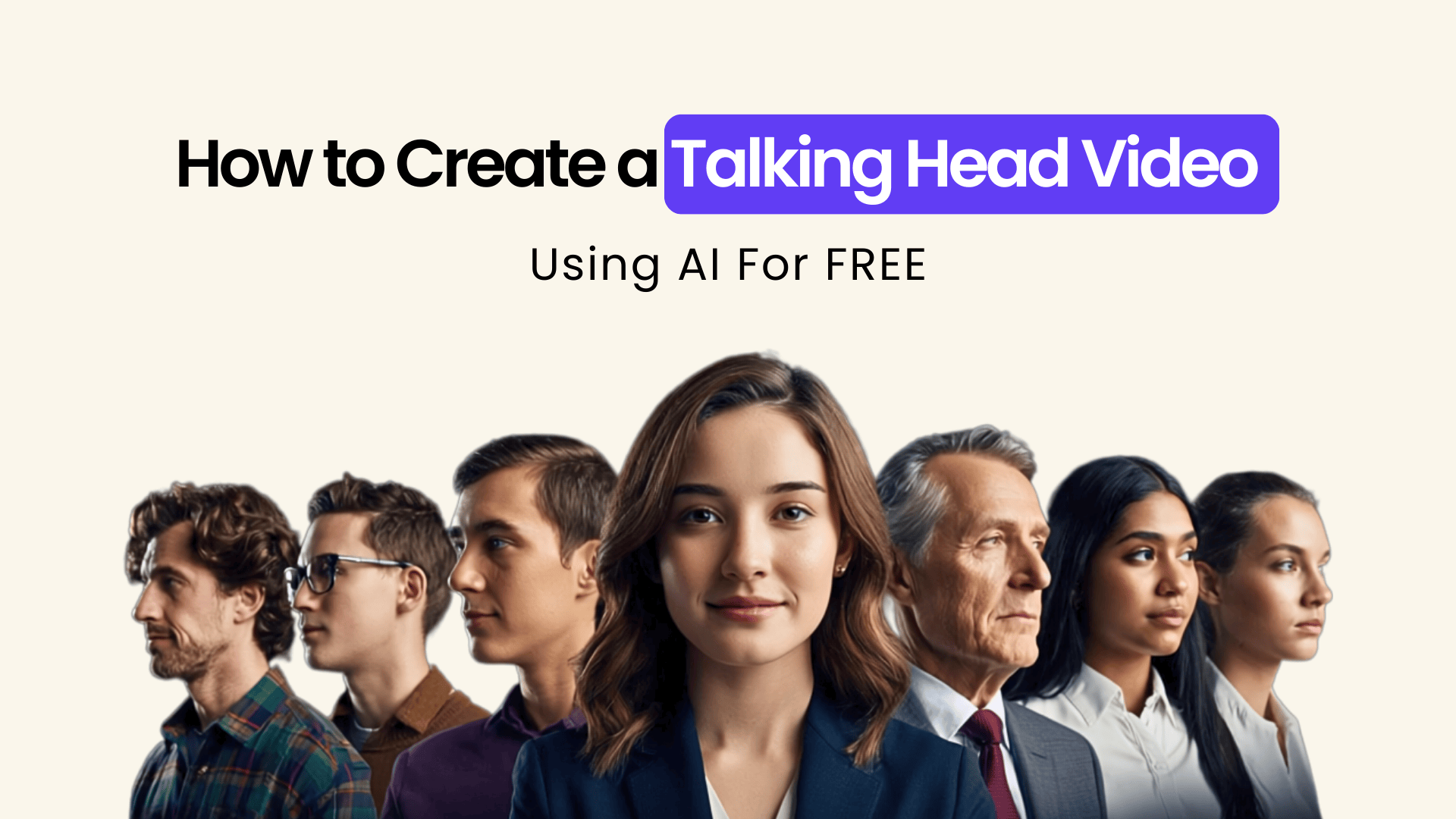How Can AI Avatars Be Used in Marketing
Let’s be honest: marketing’s gotten a facelift. Scratch that, it’s gotten an entire synthetic face. AI avatars, those lifelike digital personalities powered by machine learning and advanced video synthesis, are no longer science fiction — they’re your brand’s next big ambassador. From social ads to customer onboarding, AI avatar video generators are making waves in every corner of the marketing world. But wait, how can AI avatars be used in marketing exactly? And more importantly, should you hop on the bandwagon?
In this article, we’re diving deep into the world of avatars in marketing, breaking down how brands can tap into this futuristic yet wildly practical tech to reach audiences, boost engagement, and scale content like pros. If you’ve ever dreamed of having a team of virtual influencers, multilingual spokespeople, or tireless content creators, keep reading.
Let’s unpack three of the most powerful ways marketers are using AI avatars today:
Avatar Marketing 101: Creative Ways on How to Use AI Avatars in Campaigns
Whether you’re aiming for personalization, global scale, or seamless automation, these digital faces can bring your brand to life in ways traditional content can’t. Let’s explore some of the most powerful and creative ways to leverage them effectively:
1. Personalized Video Outreach at Scale
Cold emails? Snooze fest. Boring, generic video messages? Hard pass. The modern consumer demands a more personal connection. Enter: AI avatars.
With AI avatars in marketing, companies can create personalized video messages that still feel one-on-one — without having to record hundreds of them. Here’s how it works:
- Input your script into an AI avatar platform.
- Automatically personalize the name, company, product, or pain point using dynamic fields.
- The AI avatar speaks directly to each prospect with custom-tailored messaging.
Boom. You’ve got hyper-personalized videos for thousands of leads, in half the time it takes to brew a coffee.
Example: SaaS Sales Teams
Imagine a B2B SaaS startup trying to book demos. Instead of shooting hundreds of selfie videos, the sales team uses AI avatars to send out customized intro videos. Prospects receive a message that says, “Hi Sarah, I saw you lead marketing at FinTechCorp. Here’s how our platform can help you triple engagement.”
Talk about stopping the scroll.
Bonus Perk: These videos not only save time but significantly improve response rates. Personalized avatar marketing often leads to 2–3x more replies compared to plain-text emails.
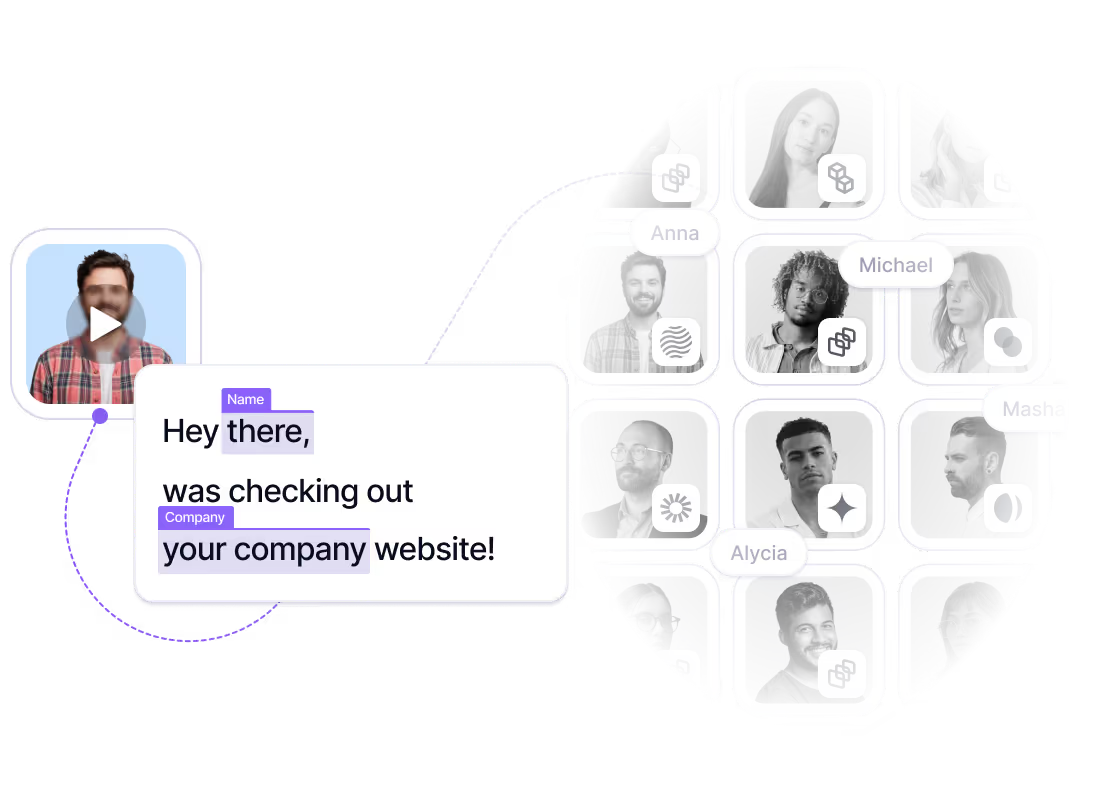
2. Multilingual Global Campaigns
Let’s face it, language barriers are real buzzkills when you’re trying to go global. But what if your brand could speak every customer’s native language, without hiring dozens of translators or voiceover artists?
AI avatars can now be programmed to:
- Speak in 70+ languages fluently.
- Retain emotion, tone, and authenticity.
- Deliver the same video content across markets, fully localized.
Example: E-commerce Brands Expanding Globally
An apparel brand launching in Latin America, Southeast Asia, and Europe can now create one base script and generate 10+ versions of the same promo video in Spanish, Portuguese, Hindi, Tagalog, French, and more — all using a single AI avatar.
And the best part? The avatar still looks and sounds native, avoiding that cringey “bad dub” effect.
Why It Works? Global customers feel seen and heard, improving trust and conversions. Localization at this scale was once reserved for Fortune 500s. Not anymore.
3. Always-On Influencer Content
You’ve seen real influencers repping brands, but what if your AI spokesperson was never tired, never controversial, and always on-message?
An AI avatar generator can be trained to act as virtual brand ambassadors, delivering:
- Social media content
- Explainer videos
- Product launch intros
- How-to tutorials
All these are available 24/7, on demand, ensuring your audience always has access to helpful content whenever they need it.
Example: DTC Product Launch
Launching a skincare line? Rather than scrambling for influencer deals, you generate content with a custom AI avatar who introduces products, explains benefits, and answers FAQs.
You control the script. You control the brand voice. You own the face.
Big Win? Consistency. Influencer marketing is powerful, but hard to scale. With AI avatars in marketing, you get reliability, affordability, and full creative control.
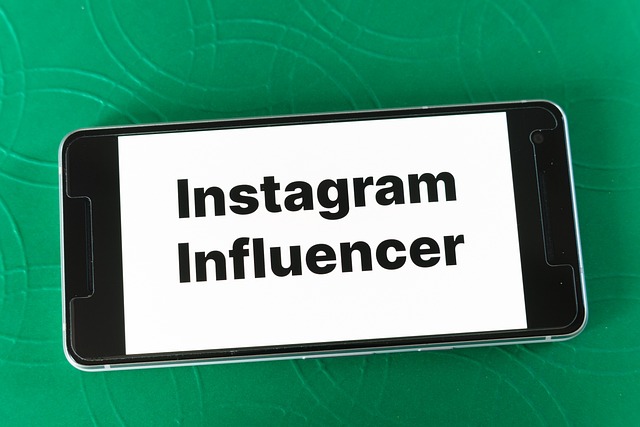
4. Real-Time Website Concierge Avatars
Think of this as live chat with a face and a voice — but one that never sleeps, never fumbles a line, and always brings its A-game. Instead of relying solely on old-school chatbots or clunky help centers, forward-thinking brands are now deploying AI avatars directly on their websites. These avatars are trained to greet visitors in a friendly, approachable manner, guide them through complex navigation paths, and answer frequently asked questions with precision and personality.
These AI avatars act like a digital concierge, but with a twist. They don’t just offer help; they offer human-like interaction that feels intuitive and engaging. Whether it’s walking someone through pricing tiers, helping with product comparisons, or just offering a warm welcome, these avatars give your visitors clarity, confidnce, and a true sense of connection — right from the homepage and throughout their journey.
Example: Fintech or SaaS Platforms
A new visitor lands on your pricing page. A friendly AI avatar pops up and says, “Hi there! Need help understanding which plan suits you best? I can guide you.” Boom — engagement increases instantly.
Why It Works: It reduces bounce rates, boosts session times, and makes complex offerings easier to digest.
5. Interactive Video Ads That Engage and Convert
Video ads are effective , but interactive, avatar-led video ads? That’s a whole new level of user engagement. These aren’t just regular videos; they’re smart, dynamic, and designed to stop thumbs mid-scroll. AI avatars can be embedded into ad creatives, speaking directly to the viewer as if they were having a one-on-one conversation. They greet the user, deliver key messages, and even ask questions in real-time, creating a sense of personal attention.
What makes these ads even more powerful is the ability to embed clickable CTAs (calls-to-action) within the video itself. Imagine watching an ad where the avatar says, “Click below to get your free trial,” and the button appears right then and there — no distractions, no waiting. It’s seamless, persuasive, and tailored to drive action. You can even create multiple versions of these videos for different audience segments, ensuring relevance across demographics and behavior profiles.
With avatar-led ads, you’re not just telling your story — you’re involving the viewer in it. And that, in today’s attention economy, is a massive competitive edge.
Example: Online Course Providers
Instead of a boring promo clip, an AI avatar introduces the course, asks a question mid-way (“Interested in learning more about UX design?”), and then directs the viewer to sign up, all in one smooth experience.
Why It Works: The human-like interaction keeps users engaged longer and encourages action in real-time, improving click-through and conversion rates.
.png)
6. Internal Training and Brand Culture Videos
Marketing doesn’t stop at the customer’s doorstep — it starts with your team. After all, your internal team is the first audience your brand ever connects with. AI avatars can be used to deliver internal communications, training content, and onboarding videos that are not only on-brand but also deeply engaging and consistent across departments.
Whether you’re onboarding new employees in different time zones or rolling out company-wide updates, AI avatars offer a scalable solution that feels personal. These avatars can present complex topics in digestible ways, reduce miscommunication, and help employees feel more connected to the organization’s goals and culture. It’s like having a polished internal presenter who’s always available to speak with clarity and charisma.
Example: Remote Teams in Fast-Growing Startups
Create internal video updates where an AI avatar (representing leadership or HR) delivers company news, product updates, or culture values.
Why It Works: It maintains consistency, saves executive time, and ensures that every team member gets the same message, with clarity and polish.
7. Post-Purchase Engagement and Tutorials
Marketing doesn’t end at checkout. Smart brands know that what happens after a sale is just as important — if not more. That post-purchase moment is a golden opportunity to reinforce trust, answer questions, and build long-term loyalty. AI avatars can be used to create engaging post-purchase video tutorials, intuitive product setup guides, heartfelt thank-you messages, or even cross-sell recommendations tailored to what a customer just bought.
Instead of sending a plain confirmation email, imagine delivering a personalized thank-you video from a virtual brand rep that guides the user step-by-step through using their product. The avatar can showcase key features, offer tips for best performance, and even invite them to join a user community or share feedback.
This approach adds an extra layer of polish and care to the customer experience, one that sets your brand apart and keeps people coming back.
Example: Consumer Electronics Retailer
A customer buys a new smart speaker. Immediately after the sale, they receive an email with an AI avatar walking them through setup instructions, feature highlights, and usage tips.
Why It Works: It reduces product return rates, boosts satisfaction, and turns first-time buyers into loyal advocates.

8. Event Promotion and Virtual Hosts
From webinars to product launches to online summits, AI avatars make compelling virtual hosts. These digital presenters are transforming the way events are managed and experienced. They can seamlessly introduce sessions, highlight key moments, announce guest speakers, or even serve as emcees throughout entire digital events. But it doesn’t stop there.
AI avatars can also provide real-time updates, reinforce branding between segments, and add a consistent tone and style across multi-day or multi-speaker events. Whether you’re hosting a webinar with hundreds of attendees or a full-blown virtual summit, an avatar can handle transitions, share sponsor messages, and offer closing remarks — all with flawless delivery and charisma.
The result? A polished, professional event that feels alive, engaging, and well-organized, even without a human host.
Example: SaaS Product Launch Webinar
Instead of hiring a live presenter, the brand uses a charismatic AI avatar to introduce the product, welcome viewers, and transition between segments.
Why It Works: It keeps your event polished and professional, with consistent delivery and reduced logistics.
9. Lead Magnet and Funnel Engagement
AI avatars can add charm and clarity to lead capture moments. Whether it’s introducing an eBook, walking users through a quiz, or explaining the value of signing up, avatars can humanize your opt-in forms and landing pages with a warm, approachable tone that builds instant rapport.
Instead of static headlines or generic CTAs, imagine a friendly avatar greeting visitors by name, explaining the lead magnet benefits, and gently guiding them through the signup process. This conversational approach reduces friction and skepticism while making the interaction feel more like a helpful recommendation than a sales pitch.
AI avatars can also adapt to different funnel stages — welcoming cold leads, re-engaging warm prospects, or nudging hot leads to book a call. By adding emotional nuance and context-aware messaging, avatars elevate standard lead gen into something far more engaging and memorable.
Example: Online Coaching Business
A life coach offering a free 5-day mindset challenge uses an AI avatar to greet visitors and explain the benefits of the challenge before asking for an email.
Why It Works: It builds trust and boosts conversions at key moments in the funnel by making users feel personally guided.
10. Gamified Campaigns and Quizzes
Want to make your marketing more fun and interactive? AI avatars can serve as engaging quizmasters or game hosts, leading users through interactive content that educates, entertains, and even surprises along the way. These digital hosts bring personality and playfulness to what might otherwise be static web pages or boring surveys.
Instead of a plain form or multiple-choice format, users can interact with an avatar that cracks a joke, offers encouragement, or celebrates correct answers. You can even personalize quiz paths based on responses, with the avatar adapting its tone and commentary in real time. This makes the experience feel more like a fun conversation than a marketing tactic.
Whether it’s a personality quiz, trivia challenge, or product matcher, avatars elevate the experience by adding human-like interaction, which boosts time-on-page and encourages social sharing. It turns passive viewers into active participants — and that kind of engagement sticks.
Example: Health & Wellness App
An AI avatar hosts a “Find Your Fitness Type” quiz and provides personalized video results, complete with a recommendation to try the app.
Why It Works: It blends entertainment with value, increasing participation rates and making your brand memorable.

The Psychology Behind AI Avatar Engagement
Ever wonder why people respond so strongly to AI avatars, even when they know it’s not a real person? It comes down to a mix of neuroscience, behavioral science, and something uniquely human — our innate attraction to faces and voices. Human beings are naturally wired to respond to visual and auditory cues. We instinctively seek out eye contact, read facial expressions, and tune into vocal tones. When a brand communicates through a lifelike avatar — one that mimics tone, emotion, and body language — it taps into this primal circuitry and activates a deeper level of engagement compared to static visuals or plain text.
This phenomenon, often called the “media equation theory,” suggests that people subconsciously treat computers, videos, and digital characters as if they were human. We respond emotionally, socially, and even empathetically. In the context of marketing, this translates to greater attention, deeper trust, and stronger emotional resonance. An AI avatar doesn’t just deliver your message — it becomes the message. It can make a value proposition feel like advice from a trusted friend or turn a product tutorial into an intuitive, comforting walkthrough.
Furthermore, the ability to adjust tone, pace, and visual presence adds another layer of personalization. Some platforms even allow AI avatars to mirror the viewer’s language and demographic characteristics, further amplifying relatability and cultural relevance.
By leveraging this psychological edge, brands can create experiences that feel both authentic and emotionally intelligent — even when automated. It’s not just about showcasing advanced tech — it’s about using that tech to forge human connections. And in the increasingly noisy world of digital marketing, that emotional resonance can be the difference between getting scrolled past or remembered.
FAQs or Frequently Asked Questions
Q. Are AI avatars expensive to implement in marketing campaigns?
Not necessarily. While costs vary based on the platform and scale, AI avatar tools are becoming more affordable. Many providers offer subscription-based models that fit startups and enterprises alike. Compared to hiring video crews or influencers, AI avatars often deliver better ROI over time.
Q. Can AI avatars sound and act naturally?
Yes. Modern AI avatars are powered by advanced text-to-speech and video synthesis technologies. They can convey tone, emotion, and body language quite effectively, often indistinguishable from real humans in short-form content.
Q. Do AI avatars require coding or technical skills to use?
Nope. Most AI avatar creation tools are built with marketers in mind and offer intuitive drag-and-drop editors. If you can write a script and click a few buttons, you can produce avatar-led videos.
Q. What industries can benefit the most from avatar marketing?
AI avatars are versatile and applicable across sectors: SaaS, e-commerce, education, healthcare, real estate, finance, and more. Any brand that communicates regularly with customers or prospects can benefit.
Q. Are AI avatars suitable for B2B marketing?
Absolutely. In fact, B2B companies are using avatars for outreach, demo explainers, account-based marketing videos, and onboarding at scale. It helps humanize complex messaging and capture attention in a saturated space.
Q. How can I measure the success of an avatar-led campaign?
Like any digital initiative, success is tracked through metrics: CTR, engagement rate, conversion rate, watch time, and even qualitative feedback. Many avatar platforms integrate with analytics tools so you can monitor performance in real time.
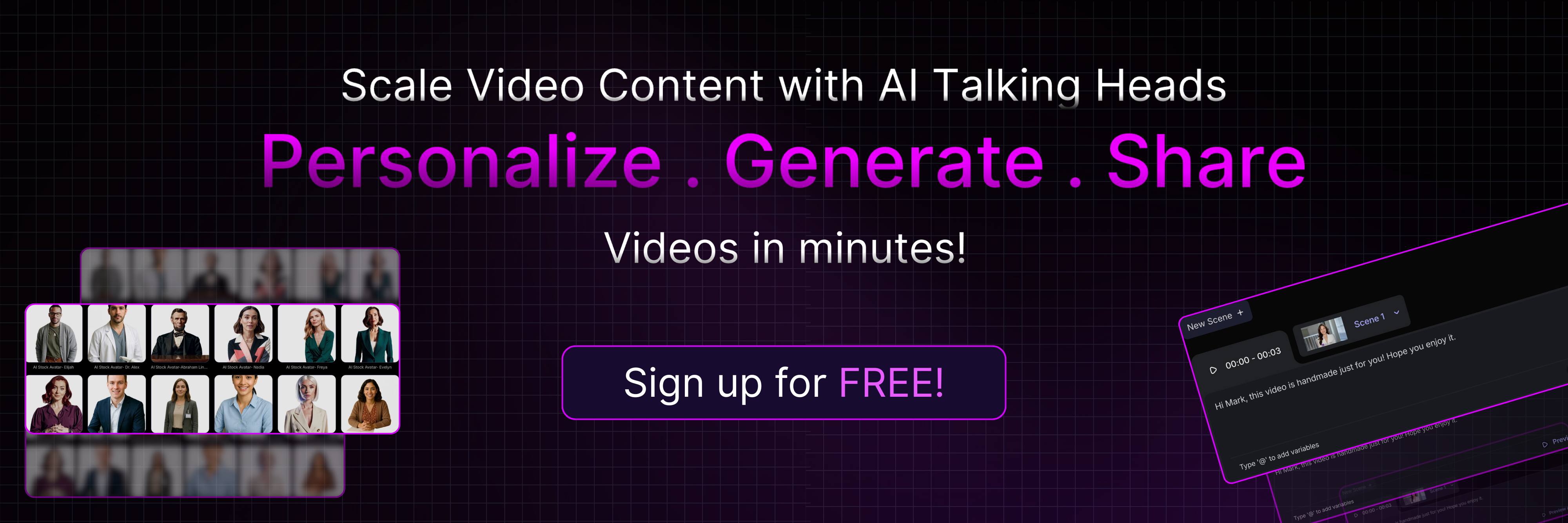
Conclusion On How AI Avatars Can Be Used In Marketing
AI avatars aren’t just another passing trend — they’re a seismic shift in how we connect, convert, and communicate in modern marketing. From personalizing outreach and hosting events to training teams and gamifying content, avatar-led campaigns unlock a level of engagement that static media simply can’t match.
Whether you’re a scrappy startup or an enterprise giant, integrating avatars into your strategy can save time, scale creativity, and supercharge results.
Ready to bring your marketing to life? Sign up on Gan.AI and create realistic AI avatars for free. Craft stunning videos in minutes, not hours, and experience firsthand how avatar marketing can transform your brand.


%201.svg)


